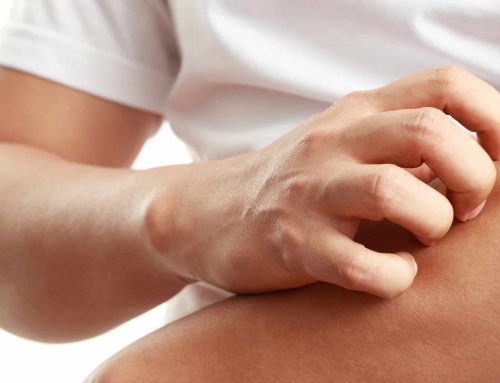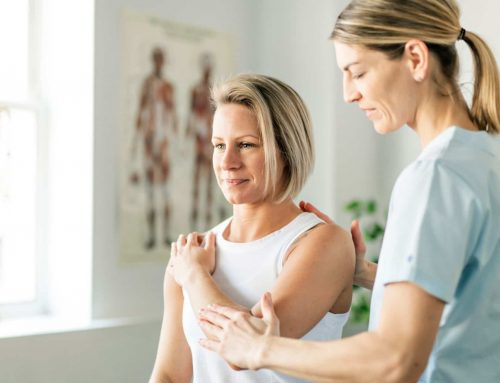Australia has long been the world leader in the incidence of melanoma skin cancer. Melanoma skin cancer causes the majority of skin cancer deaths. In recent years, thanks largely to public awareness programs, the incidence of melanoma (new cases diagnosed per 100,000 people per year) has stabilised for people born after 1965 and begun to decline for those born after 1980. In spite of this, melanoma remains the most common cancer affecting 15 to 39 year old Australians.
The incidence rates are rising significantly in the over 60 age groups.
A man living to age 85 has a 1/14 lifetime risk, and a woman living to age 85 has a 1/22 risk of developing a melanoma in their lifetime 1. Most of this risk occurs after the age of 60, as demonstrated by this graph:
Cumulative lifetime risk of invasive melanoma in Victoria by age and sex1

(These figures are taken for the whole population, not adjusted for those of ethnic backgrounds with smaller risks.)
Are Victorians at Risk of Melanoma?
Figures available from the Australian Cancer Atlas2 tell an interesting story about the distribution of melanoma diagnoses and death rates in Australia.
The incidence rates in South East Queensland and the Northern NSW coast are the highest in the world at rates around 70/100,000 in this region.
By comparison, the incidence rates in Victoria are around the Australian average of 40-50/100,000.
What is surprising is that the death rates in Victoria for skin cancer (melanoma) are about average for Australia at 6/100,000, while the death rates in South East Queensland are around 20-25% lower than the Australian average.
The likely explanation for this discrepancy is that people living in South East Queensland are more “skin aware” so that they report greater numbers of suspicious skin lesions and have more regular skin checks. This then results in melanomas being detected at an earlier stage, when they can be cured by removal. It would follow that dangerous skin cancers such as Melanoma and Squamous Cell Carcinoma are being detected at an earlier stage in Queensland and treated before they can cause harm.
So those men and women older than 60, but especially men, in Victoria would benefit from becoming more “skin aware”.
Tips to become more ‘skin aware’ and help reduce skin cancer (melanoma):
- Check your own skin or have someone at home check your skin. Use the S.C.A.N. method3:
SORE A spot which is sore (scaly, itchy, bleeding, tender) and doesn’t heal within 6 weeks. CHANGING Changing in size, shape, colour or texture. ABNORMAL Looks different, feels different, or stands out when compared to your other spots and moles. NEW Has appeared on your skin recently. Any new moles or spots should be checked, especially if you are over 40. - Having at least an annual skin check and encouraging your partner, older family members or work colleagues to do the same.
- If you are under 40, arrange a one – off skin check and discuss your risk profile with your doctor. The main strategy to find melanoma early if you are under 40 is to check your own skin twice a year or have someone at home do that check for you.
Having a skin check is a very simple procedure.
Book an appointment with Dr Ian Devlin, skin cancer GP, to check your skin, or send us a message with any questions.
Dr Ian Devlin MBBS FRACGP Dip. Dermatoscopy.
Albert Road General Practice
References:
- Victorian Cancer Registry November 2020
- https://atlas.cancer.org.au/app
- https://dfmc.com.au/wp-content/uploads/2013/11/Scan-your-skin.pdf
DISCLAIMER – Not Medical or Personal Advice:
The information in our blog, videos, presentations, and all other digital materials (together ‘Content’) is for general information and nothing contained in it is intended to be construed as individual or personal advice. The Content does not take into account your individual health, medical, physical fitness or emotional condition or needs. The Content is not a substitute for medical attention, treatment, examination, advice or diagnosis and is not intended to provide a clinical diagnosis nor take the place of proper medical advice from a fully qualified medical practitioner. You should, before you act or use any of this Content, consider the appropriateness of this information having regard to your own personal situation and needs. You are responsible for consulting a suitable medical professional before using any of the information or materials contained in our Content, before trying any treatment or taking any course of action that may directly or indirectly affect your health or well-being. You take full responsibility and risk for making any decision based on our Content or information on this website. You hereby agree to irrevocably release and waive any claims you may have now or in the future against us and we take no responsibility or liability whatsoever for any loss, damage or injury that may arise from any person acting on any of our Content or information contained on this website and all such liabilities are expressly disclaimed.
COPYRIGHT NOTICE
This Content is the copyright of J&J Jones Medical Pty Ltd trading as Albert Road General Practice © 2020. All rights reserved. Any redistribution or reproduction of part or all of the Content in any form is prohibited. You may not share, copy or redistribute this Content in any medium or format at any time. Our Content is for your individual personal use only and may not be used for commercial purposes. You are not permitted to make any derivative material, including but not limited to copying, reproducing, transforming, sharing or building upon the Content in whole or any part thereof. For any other use or distribution, you must have express written consent from Albert Road General Practice.
Photo by Ben Warren on Unsplash


